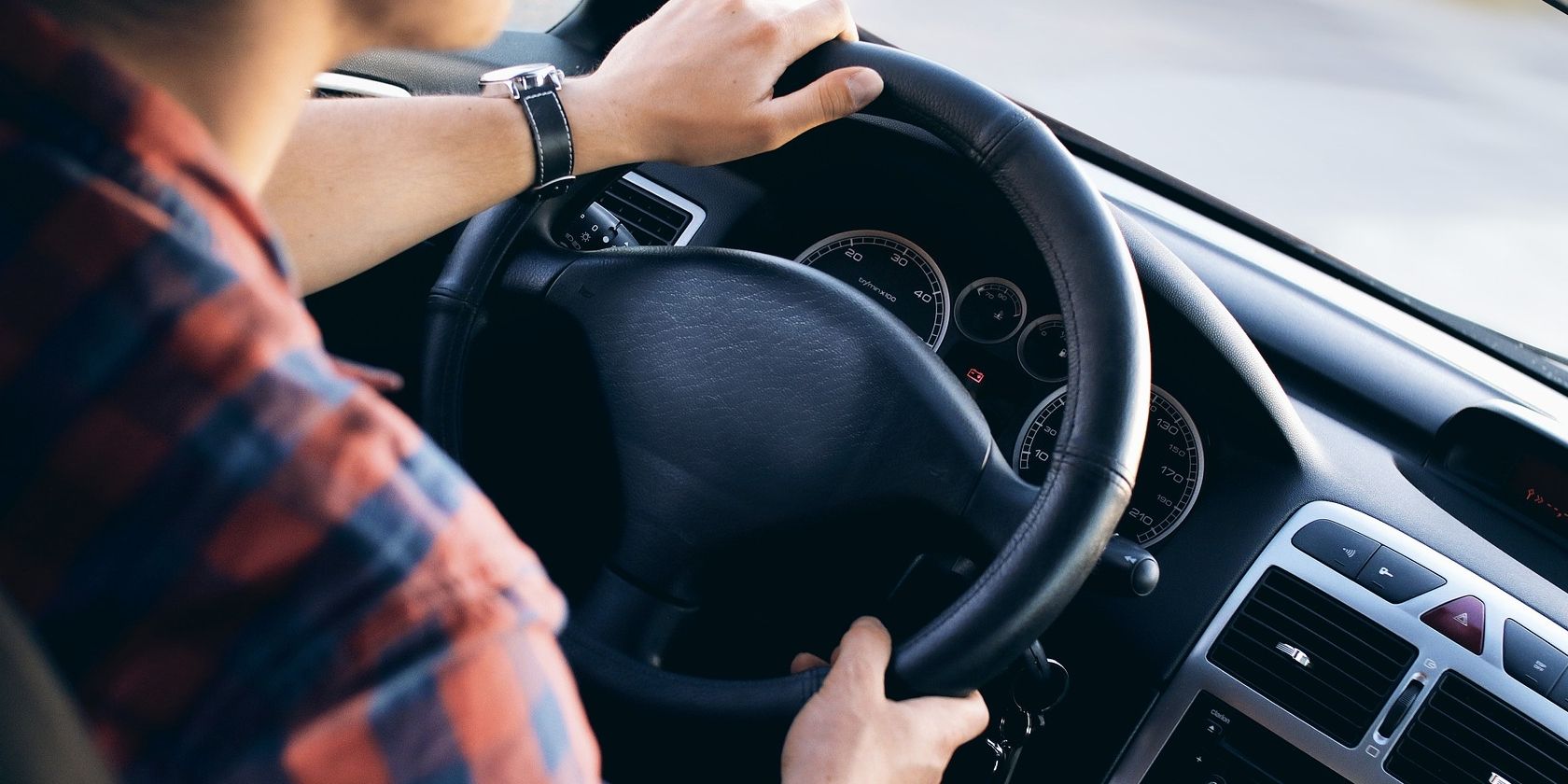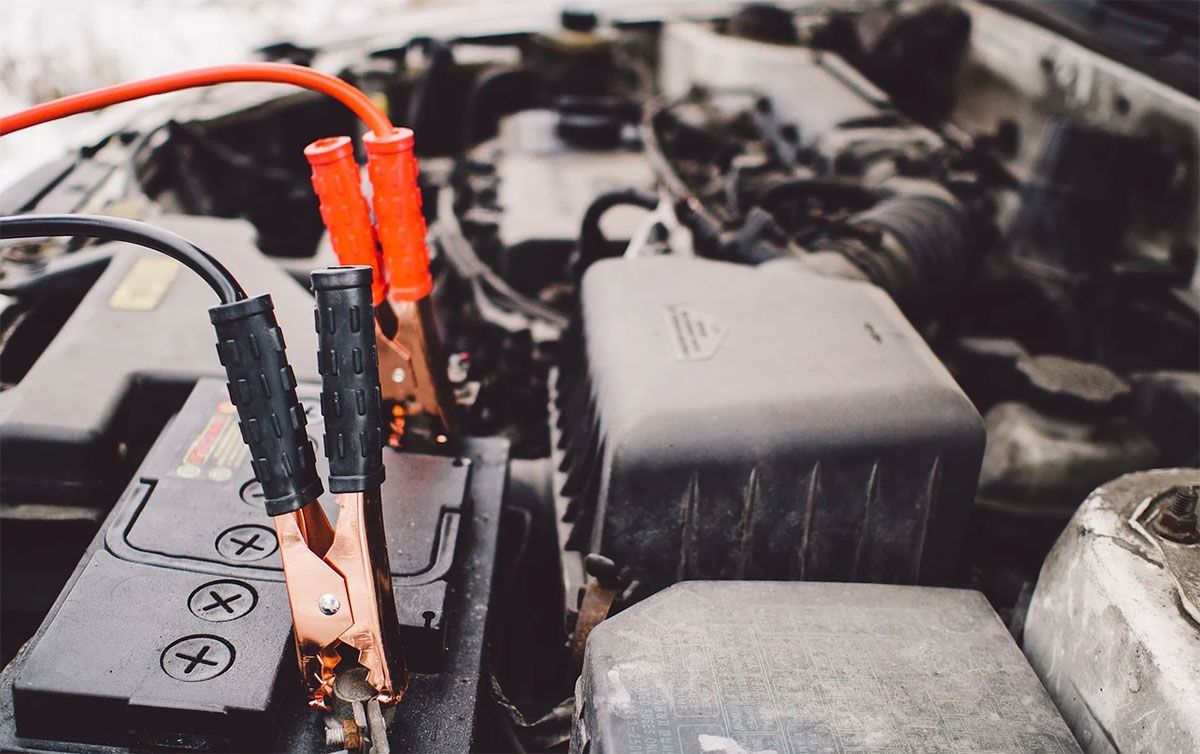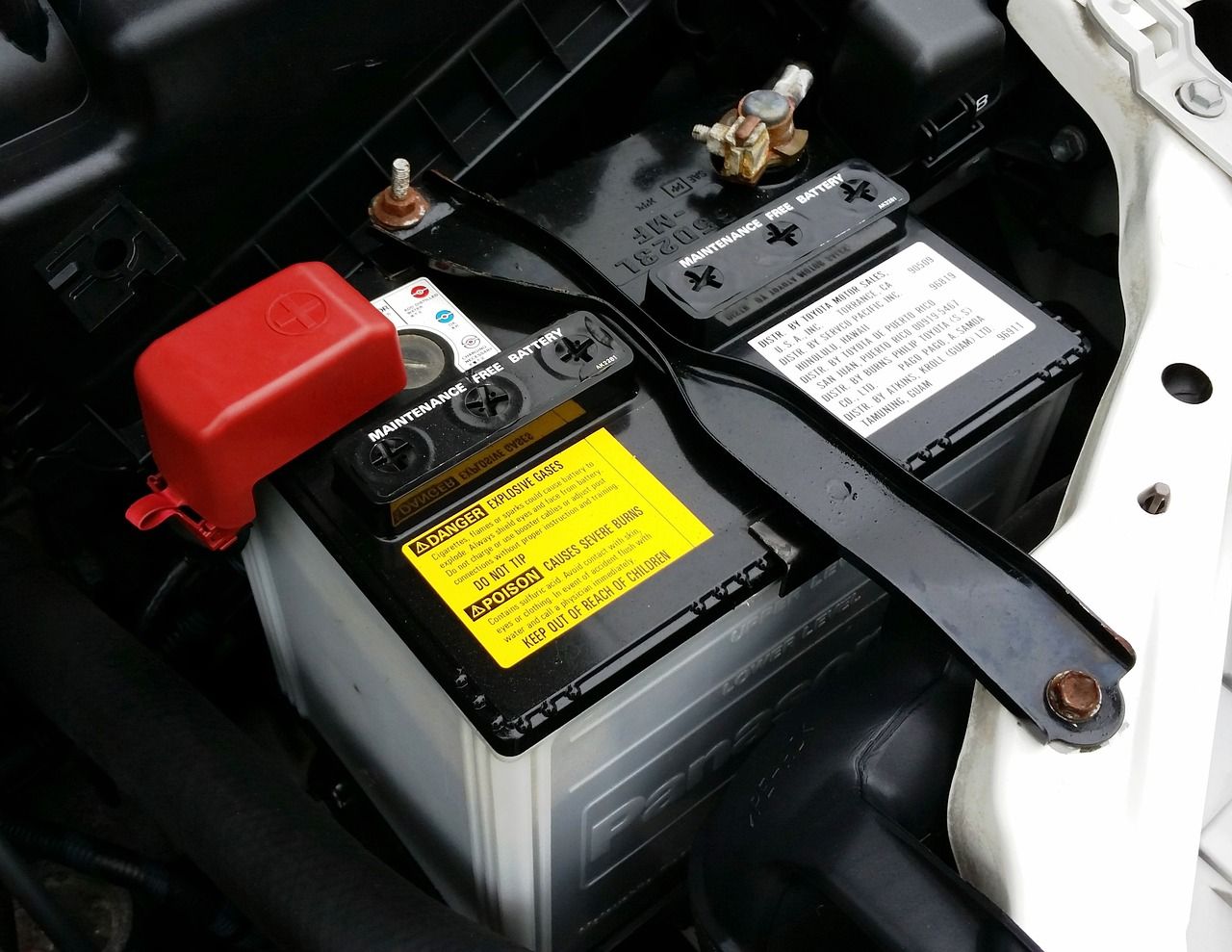Car batteries are important components. Unfortunately, they have a tendency to run out of power. When this happens, it doesn't matter what condition the rest of your car is in, it isn't going to start.
If you're having problems with your car battery, you might opt to use either a car battery charger or a portable jump starter. They are easy to confuse because they both perform similar functions.
So what is the difference, and which tool is right for you?
What Is a Car Battery Charger?
A car battery charger performs the same function as any other type of charger. It takes power from an electrical socket and adds it to your car's battery. If you're wondering about the added size, this is because it needs to convert the power from your electrical socket into 12V DC.
After it's plugged in, a car battery charger can power up an empty car battery until it's full.
Car Battery Charger Pros and Cons
Car battery chargers are useful if you want a full battery and you have access to a plug socket.
Pro: Battery Chargers Provide Unlimited Power
A car battery charger is the only option for charging a car battery completely. After you plug the charger in, it will continue charging the battery until it's full. Chargers are usually designed to shut off automatically, so you don't need to wait around for this to happen.
Con: Battery Chargers Are Not Portable
In order to convert AC power to DC power, all car battery chargers have to be a certain size. You can purchase jump starters that fit in your hand and are easy to store in a car. A car battery charger cannot offer this level of portability.
Con: Battery Chargers Require Access to an Electrical Outlet
Car battery chargers cannot charge anything without an electrical outlet. This means that they cannot be used independently if your car breaks down.
Con: Battery Chargers Require a Long Time
Car battery chargers have a low power output, which can take a long time to fully charge a battery. The low power output is particularly problematic if your car battery is empty. A jump starter allows you to turn your vehicle on almost immediately. A car battery charger has to be plugged in for a while before you can even turn your vehicle on.
What Is a Jump Starter?
A jump starter can also be used to charge a car battery. They are, however, very different products.
Jump starters have their own batteries and do not need to be plugged into a socket. This means that they can be used anywhere, but they do not offer unlimited power.
A jump starter can charge a car significantly faster than a charger because they offer much higher amperage. They can start a car with an empty battery in seconds. The catch is that even high-end models don't store enough power to charge the battery completely.
Jump starters are also highly flexible and can be used for many different purposes. They typically have a wide variety of different ports and can charge other electronic devices.
Jump Starter Pros and Cons
Jump starters are useful if you want something portable that can immediately provide power to an empty battery.
Pro: Jump Starters Can Start a Car Instantly
Jump starters are popular because they allow you to start a car immediately. The high amperage delivers enough power to the battery to go from empty to usable within seconds. This makes jump starters ideal if your car is broken down. In the same scenario, a car battery charger would require you to wait.
Pro: Jump Starters Can Be Used Anywhere
Jump starters don't need to be plugged in and can be used anywhere. They are typically stored inside a vehicle for use whenever they are needed. The size of the battery in a jump starter varies, but they always have enough power to allow you to drive short distances.
Pro: Jump Starters Are Highly Portable
Jump starters are available in different sizes. Provided you don't need a large battery, you can find a jump starter that fits in your hand. These devices are ideal for keeping in your glove compartment. However, it's worth noting that jump starters get less portable the more power you need.
Pro: Jump Starters Provide Additional Functionality
Jump starters are often designed to perform additional tasks. They often have USB ports to charge other electronic devices and lights to assist if your car breaks down. This makes them useful tools to own even if your battery is in good condition.
Con: Jump Starters Don't Charge the Battery Fully
Jump starters don't have enough power to charge a battery completely. This means that if the battery is empty, a jump starter will provide enough power to turn your car on. But the battery itself will still have to be recharged using a different method. Some jump starters have larger batteries than others, but the total power is always limited.
Car Battery Charger vs. Portable Jump Starter: Which One Is Right for You?
Chargers and jump starters are useful tools if your car battery is out of power. If you're trying to decide between them, it's important to understand the limitations of each one.
Car battery chargers are the only option if you want to charge a car battery completely. If your car battery often runs out of power and you want a tool that will allow you to keep filling it up, you should buy a charger. A jump starter only adds enough power to start a car. It doesn't provide enough power to keep driving it, though if you begin driving as soon as you jump-start it, you will charge the battery in the process.
Jump starters are better tools for using if your car has broken down. If your car battery is empty, you can use a jump starter to add power immediately. They provide a way to add power to a vehicle without a plug socket. Jump starters are also small enough to keep in a vehicle, even if you don't need one.




